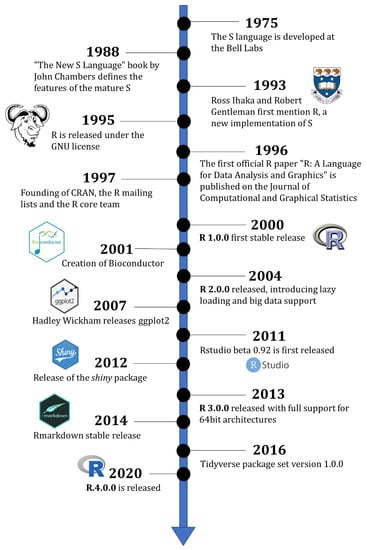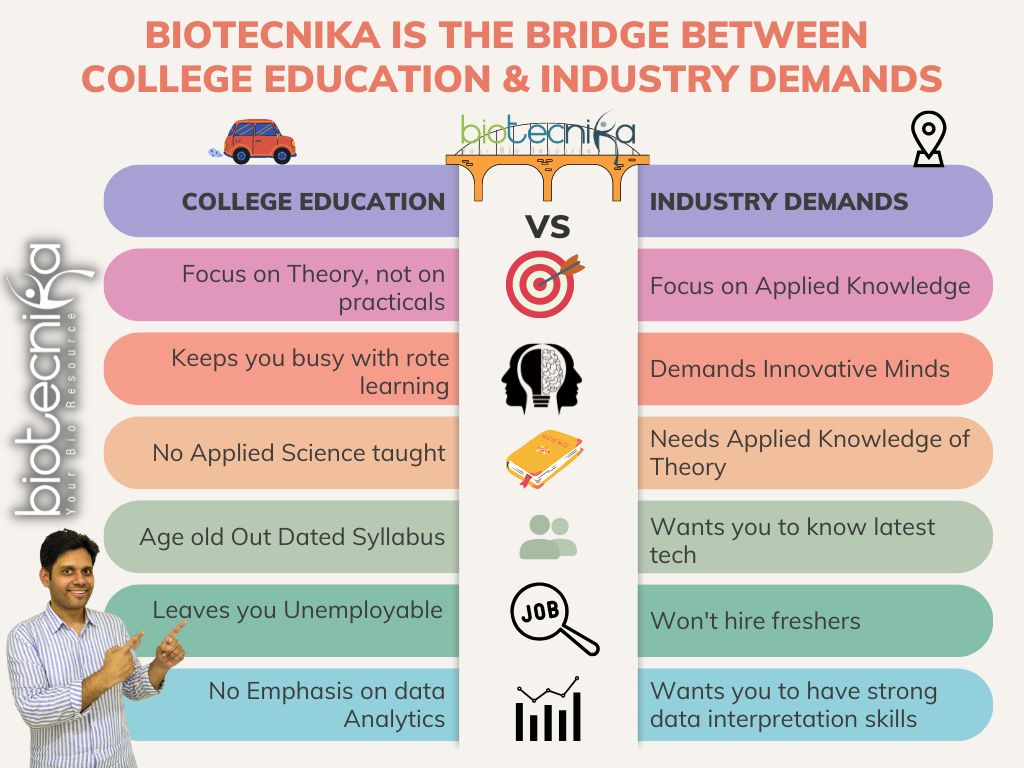9 Easy Facts About Bioinformatics Tutor Explained
9 Easy Facts About Bioinformatics Tutor Explained
Blog Article
Indicators on Bioinformatics Tutor You Need To Know
Table of ContentsUnknown Facts About Bioinformatics TutorRumored Buzz on Bioinformatics TutorNot known Incorrect Statements About Bioinformatics Tutor Little Known Questions About Bioinformatics Tutor.The smart Trick of Bioinformatics Tutor That Nobody is Discussing
Of the total individuals included in the training, 80% were students from public greater education establishments, while the continuing to be 20% came from exclusive institutions. To receive a certificate of involvement, students were called for to go to a minimum of 90% of the total training hours. As an outcome of this requirement, an excellent 95% of the participants effectively gotten their certificates, having not only met the minimum presence criteria yet additionally completed all designated activities throughout the training.
During the elevation of the COVID-19 pandemic, specifically in between June and August 2020, the job team was charged with arranging specialized training in bioinformatics. This training was especially targeted at students from the research study group Center for Research in Applied Computer at the Federal College of Pará (UFRA) The adaptation to remote learning systems due to the pandemic produced a possibility to check out new training approaches and electronic tools that improved both reach and performance.
This training course was created to supply an available yet extensive overview of Artificial Knowledge methods, particularly as used in bioinformatics (Bioinformatics Tutor). This online format made it possible for engagement from trainees across Brazil, numerous of whom might not have had the opportunity to participate in in-person sessions.
Our Bioinformatics Tutor Ideas
A notable attribute of this program was its focus on hands-on knowing. Roughly 50% of the complete training hours were dedicated to functional tasks where pupils built smart models and applications in a variety of clinical domains, including genetics, molecular biology, and environmental information analysis. Commonly made use of devices and frameworks such as Spyder, Google Colab, Jupyter Notebooks, and Orange were integrated right into the coursework. These systems allowed students to take part in real-time information adjustment, version training, and formula experimentation.
The training course attracted 80 participants in overall. Sixty of them were associated with numerous college organizations in the state of Pará, while the staying twenty came from establishments found in 5 other Brazilian states. This wide geographical depiction highlighted the nationwide rate of interest in bioinformatics and the expanding demand for specialized skills in this area. By presenting Artificial Knowledge in a appropriate and useful context, the initiative served to connect the gap between concept and real-world application, giving pupils with a strong structure for future research study or work in the area.
The training campaign developed part of a more comprehensive scholastic outreach initiative referred to as the Bioinformatics when traveling task. This task has, for many years, introduced dozens of pupils to the globe of bioinformatics and computational biology. The occasions held under this umbrella effort have taken area throughout numerous areas and years, as summarized in Table 1 (Listing of occasions, areas, years, and complete numbers of pupils and instructors)
Among this post the most impressive results of the Bioinformatics when traveling campaign has been its payment to the growth of decentralized study teams. Numerous of these teams, originally united by their involvement in training events, have actually considering that gone on to generate independent scientific research study in collaboration with neighborhood academic institutions. The training not only cultivated scientific thinking within the context of bioinformatics yet likewise stimulated joint partnerships that expanded beyond the training setting. These collaborations have caused increased regional clinical productivity and contributed meaningfully to the growth of the broader bioinformatics area in Brazil.
Unknown Facts About Bioinformatics Tutor
The very same group, leaving out IH and RR, likewise acted as tutors for the useful training modules. Financing for the job was offered via the give 88887.200562/ 2018-00 from CAPES.
The Federal University of Pará's Office of Research (PROPESP/UFPA) additionally provided financial backing, especially for the manufacturing of the last manuscript. The authors declare no economic or industrial problems of passion that might have influenced the study. All opinions and analyses revealed in this article are only those of the authors and do not always show those of their respective establishments, the author, editors, or customers entailed in the magazine procedure.

The 5-Second Trick For Bioinformatics Tutor
From a pedagogical viewpoint, the mentor technique made use of in the training was purposefully interactive. Courses were conducted in a fashion that urged trainee engagement and discussion, exceeding rote memorization to check out how concepts are developed, applied in life, and tested in scholastic settings. The training ideology concentrated on nurturing both solid and struggling trainees, offering individualized support, and structure self-confidence with continual mentorship and patience.

Each group, containing around 36 individuals, was sustained by three mentors-- a lot of whom were postdoctoral researchers with specific proficiency. These mentors not just aided design the team projects however also facilitated their implementation, making certain that each research study question was both appropriate and properly challenging. The objective was to supply a biologically practical context that participants could discover through flexible objectives and access to curated datasets.
For added insights right into the approach and end results of this project-based learning approach, viewers are guided to S1 Text, which consists of detailed summaries of the instructional framework, examination strategies, and project styles used in the training sessions.
The Basic Principles Of Bioinformatics Tutor
Of the overall participants included in the training, 80% were students from public higher education and learning institutions, while the remaining 20% came from exclusive establishments. To certify for a certification of engagement, students were needed to participate in at least 90% of the overall training hours. Notably, beyond the students who registered in the training sessions, 7 skilled teachers participated in providing the training courses, while 3 specialized research teachers coordinated the general training procedure. Around 50% of the complete training hours were advice committed to sensible activities where pupils constructed smart models and applications in a variety of clinical domain names, including genes, molecular biology, and environmental information evaluation. The training not only cultivated scientific reasoning within the context of bioinformatics however also stimulated collaborative partnerships that prolonged beyond the training atmosphere.
Report this page